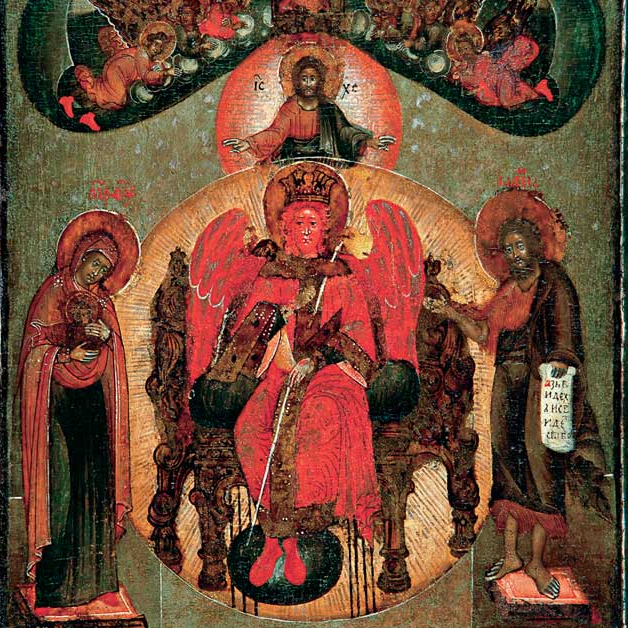
Latin Catholics can fall into two extremes when it comes to understanding the nature of worship. While the old Roman Rite has been criticized excessively in this respect, it is true that there is a tendency toward “clericalization” in the TLM. And this more clerical focus makes perfect sense in light of the historical and contemporary situation of the Western Church. Faithful, right-believing Latin Catholics naturally have felt compelled to safeguard the special place of the clergy against the anti-hierarchical heresies of Protestants and Modernists.
And the way this defense has developed is to emphasize the preeminent role of the celebrant as the leader/head offering the Holy Sacrifice of the Mass to God. However, this view can be exaggerated to the point where the celebrant is seen as being the only one who matters. And once this happens it is easy to look at the Mass as a private priestly devotion where other people are simply present.
On the other hand, in seeking “active participation” by the laity, the reformed Roman Rite has tended to blur the roles, thus falling into the very dangers of liturgical “democratization” warned by more traditionally inclined Latin Catholics. Layfolk are given a prominent role, but often to the diminishment of bishops, priests, deacons, and minor clerics. At worst complete chaos and confusion reign as no one keeps to his proper role and everyone mixes up everything.
Ironically, this leveling of the liturgy is defended by reformers as supposedly being a return to the more ancient practice of the Church. But in fact, it involves the importation of distinctly modern (post 1700s) notions of egalitarianism which would be as alien to the Christians of the first millennium as they are to the following medieval and Tridentine periods so maligned by such reformers.
Rather than speculating about what they think was done in the past, reform-minded Latin Catholics should look to the Orient, for the Eastern Catholic and Orthodox churches have preserved in living tradition the balanced approach of the ancient church: Divine Liturgy as the corporate work of Christ’s body. Think of our bodies: all the parts (senses, brain, muscles, etc.) have to carry out their various functions in perfect harmony so the whole can accomplish some task.
It is the same in the liturgy-public work-of Christ’s mystical body, the Church. The parts (i.e. bishops, priests, deacons, subdeacons, servers, readers, candle-bearers, cantors, choirs, congregation) each have a unique function that cannot be done by another. There is nothing like the “private Mass” in Eastern churches. Everyone is important, just as all the parts of the body are needed for the whole to function. You cannot have a living human being with just a bodiless head.
But at the same time all this active participation by all the faithful is happening, there is a very clear order and hierarchy to the liturgy. The layfolk and ministers have their places and purposes, and all point toward the celebrant in the altar, just as the various members of a human body are coordinated around the head. For it is also true that a headless body, or even a body with everything in place but without the delicately coordinated interconnections from the head to the various parts and between them, will die or fail to lead a healthy and fulfilled life.

Leave a comment